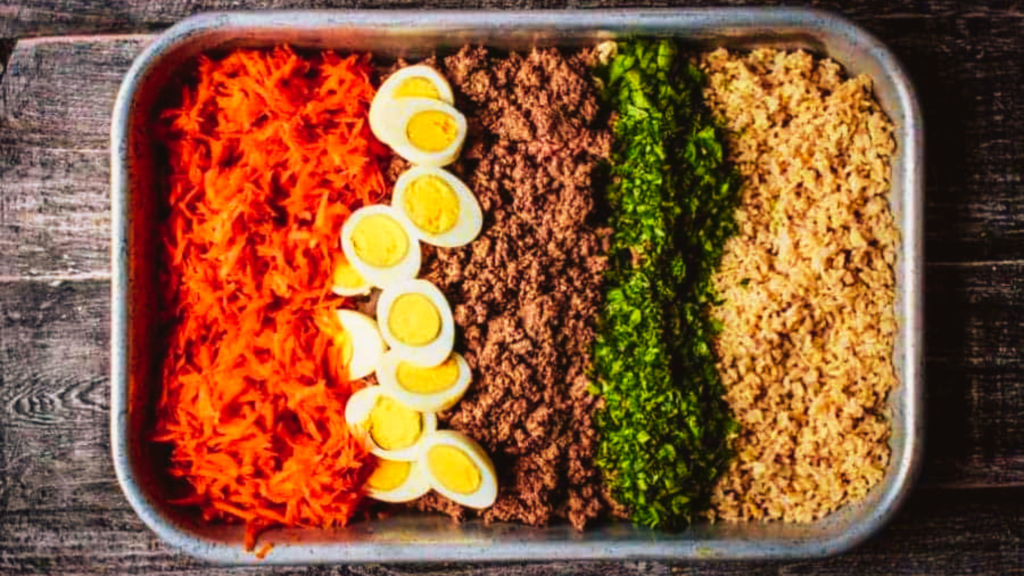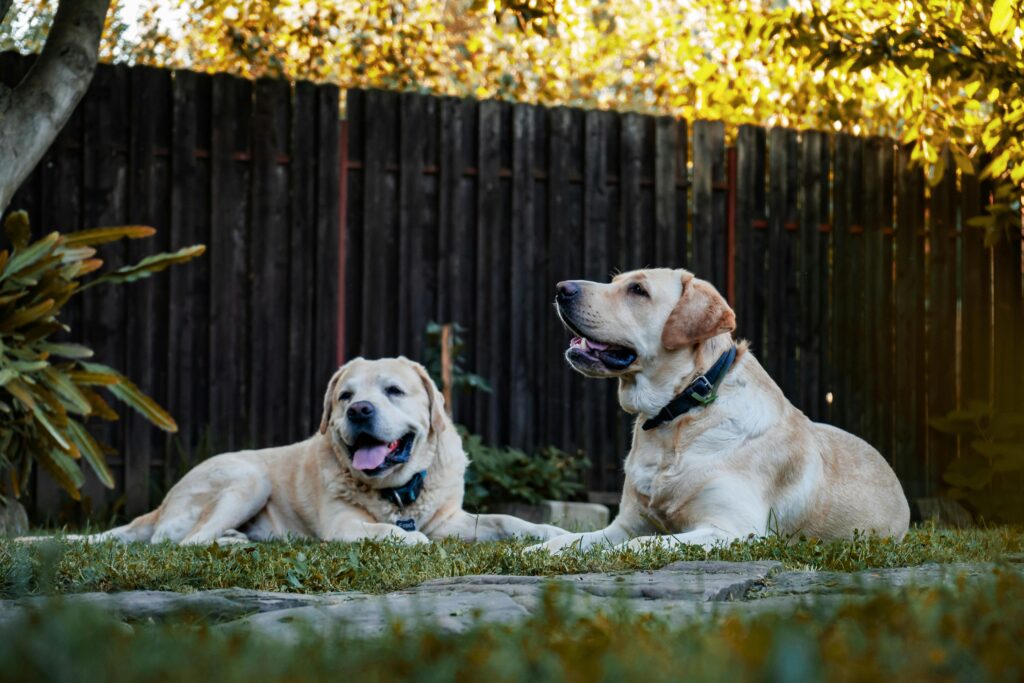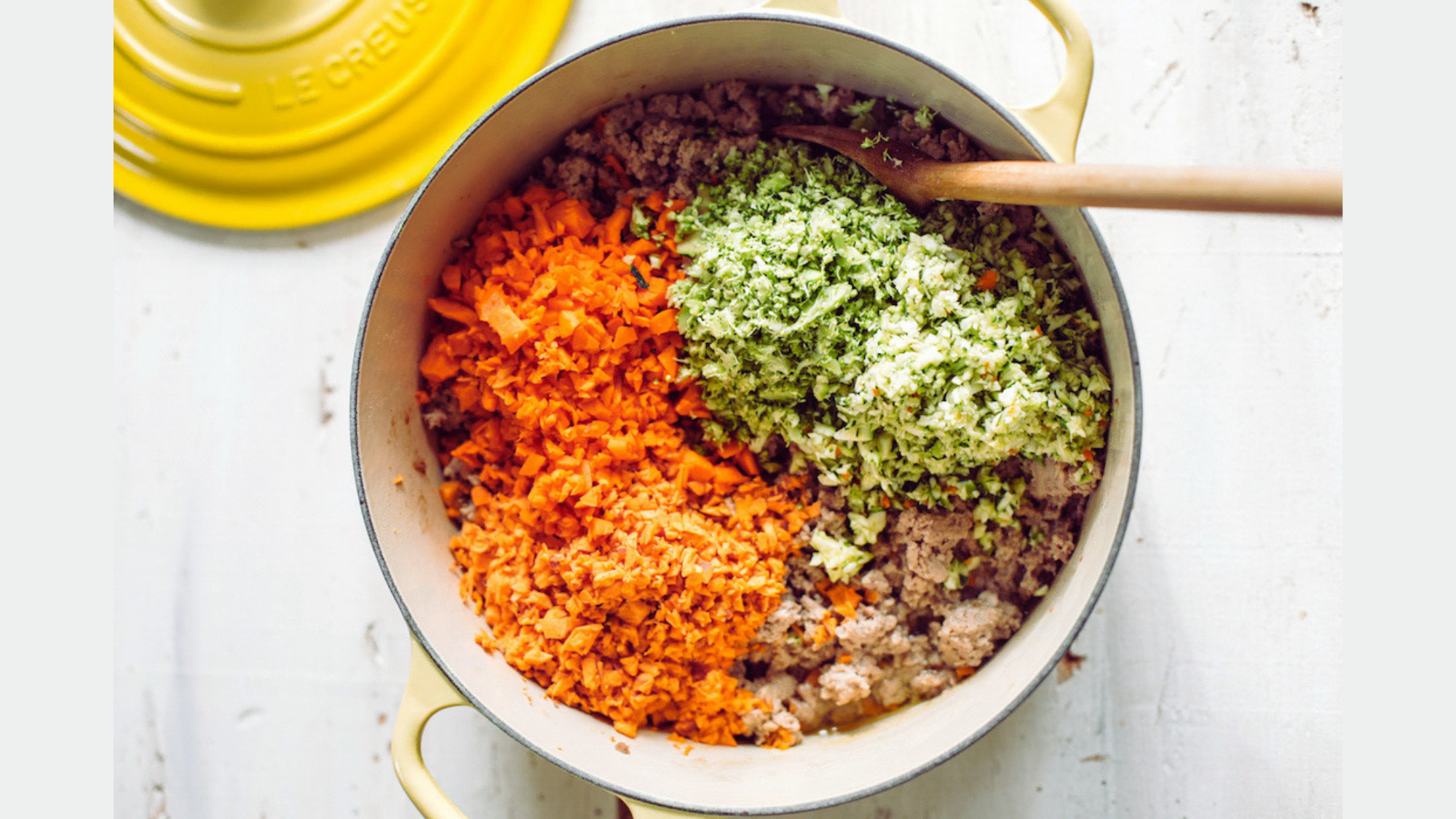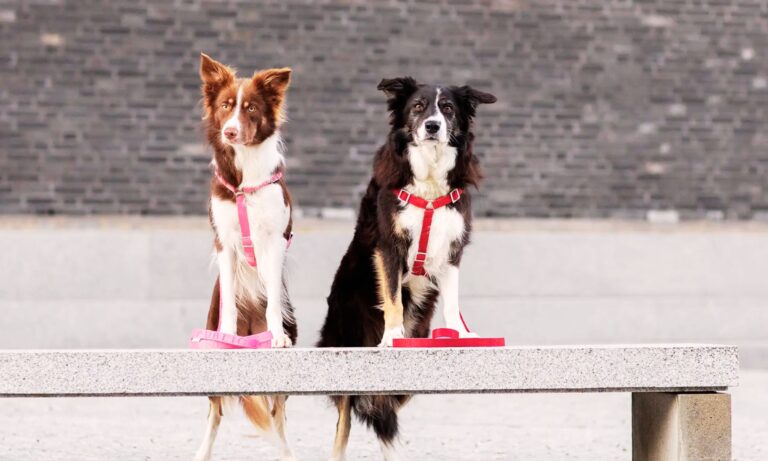| Summary: The ideal homemade dog food ratio is 40% protein, 50% vegetables, and 10% carbohydrates. This balance ensures muscle growth, digestion, and sustained energy. Always include essential vitamins, minerals, and fatty acids to maintain overall health. Consult a vet to tailor meals based on your dog’s specific needs. |
A well-balanced homemade diet should contain approximately 40% protein, 50% vegetables, and 10% carbohydrates to meet a dog’s nutritional needs. Additionally, portion sizes should be carefully calculated based on a dog’s weight, breed, and activity level. For instance, a 50-pound active dog requires about 1,200 to 1,400 calories per day, while a 15-pound small breed dog may only need 400 to 500 calories daily.
I will break down the ideal homemade dog food ratio, discuss portion sizes based on breed and weight, and explore different feeding methods to keep your furry friend healthy and happy. For detailed guidance on selecting the correct collar size for a Belgian Shepherd, this article provides essential tips to ensure your dog’s comfort and safety.
Blog Highlights
ToggleQuick Fix FAQ Table
| Question | Quick Answer |
| What is the best homemade dog food ratio? | 40% protein, 50% vegetables, 10% carbohydrates. |
| Can I skip carbs in my dog’s diet? | Yes, but small amounts provide energy and fiber. |
| What proteins are best for dogs? | Lean meats like chicken, turkey, and fish. |
| Are grains necessary for dogs? | Some dogs digest grains well, but others may need grain-free options. |
| How do I ensure a balanced homemade diet? | Include essential nutrients and consult a vet. |
Why the Right Ratio Matters in Homemade Dog Food

Dogs require a mix of proteins, fats, carbohydrates, vitamins, and minerals to thrive. Unlike humans, their digestive systems are designed to process specific nutrients in specific amounts. If the balance is off, it can lead to issues such as obesity, malnutrition, or organ dysfunction.
According to veterinary nutritionists, the ideal homemade dog food ratio consists of:
- 40% protein
- 50% vegetables and carbohydrates
- 10% healthy fats
This general guideline ensures your dog gets enough energy, muscle support, and essential nutrients without overloading on any one category. However, these ratios can vary depending on your dog’s age, breed, and activity level. Discover the perfect collar size for an Anatolian Shepherd Dog to ensure comfort and security for your furry friend.
Breaking Down the 40-50-10 Homemade Dog Food Ratio
1. Protein – 40% of the Meal
Protein is essential for muscle growth, tissue repair, and overall health. High-quality protein sources provide essential amino acids that dogs cannot produce on their own.
Best Protein Sources for Homemade Dog Food:
- Lean meats such as chicken, turkey, and beef
- Fish such as salmon and sardines (great for omega-3s)
- Organ meats such as liver and kidney (rich in vitamins and minerals)
- Eggs, which are packed with amino acids and healthy fats
- Plant-based proteins such as lentils and chickpeas (use in moderation)
How Much Protein Does Your Dog Need?
For every pound of body weight, a dog requires approximately 1 gram of protein. For example, a 50-pound dog should consume around 50 grams of protein per day.
2. Vegetables and Carbohydrates – 50% of the Meal
Carbohydrates provide energy and fiber, while vegetables offer essential vitamins and minerals. Some dog owners mistakenly believe dogs do not need carbohydrates, but moderate amounts support digestion and energy levels.
Best Vegetables for Dogs:
- Carrots (rich in beta-carotene for eye health)
- Sweet potatoes (excellent source of fiber and vitamin A)
- Spinach (loaded with iron and antioxidants)
- Peas (a good source of protein and fiber)
- Pumpkin (great for digestion and gut health)
Healthy Carbohydrates for Dogs:
- Brown rice (easily digestible and full of fiber)
- Oats (help with digestion and provide sustained energy)
- Quinoa (a complete protein with essential amino acids)
- Barley (low in gluten and gentle on the stomach)
How Much Carbohydrate and Vegetable Content is Needed?
A dog should get around 2.5 grams of carbohydrates per pound of body weight per day. For example, a 30-pound dog requires roughly 75 grams of carbohydrates.
3. Healthy Fats – 10% of the Meal
Fats are necessary for skin health, brain function, and overall energy. The key is choosing healthy fats that provide omega-3 and omega-6 fatty acids.
Best Healthy Fats for Dogs:
- Fish oil (promotes heart and joint health)
- Coconut oil (improves digestion and skin condition)
- Olive oil (rich in antioxidants)
- Flaxseed (provides fiber and omega-3s)
- Chicken fat (a good natural fat source for energy)
How Much Fat Should Your Dog Eat?
Dogs require about 0.5 grams of fat per pound of body weight. A 40-pound dog should consume approximately 20 grams of fat per day.
Portion Sizes Based on Dog Weight
Feeding the right amount of food is just as important as balancing the ratios. Overfeeding leads to obesity, while underfeeding can result in nutritional deficiencies.
Daily Portion Guidelines Based on Dog Weight:
- Small dogs (10-20 lbs): ¾ to 1½ cups of food
- Medium dogs (20-50 lbs): 1½ to 3 cups of food
- Large dogs (50-100 lbs): 3 to 5 cups of food
Active dogs may require up to 20% more food, while senior dogs may need slightly less. Always monitor your dog’s weight and adjust portions as needed. Learn more about the unique double-layered coat of an Anatolian Shepherd and how to care for it effectively.
Adjusting Ratios for Puppies, Seniors, and Special Diets
Puppies (Higher Protein Needs)

Growing puppies require more protein and fat to support development. Their ideal homemade food ratio is:
- 50% protein
- 40% carbohydrates and vegetables
- 10% fat
Puppies also need smaller, more frequent meals throughout the day.
Senior Dogs (Lower Fat and Calories)

Older dogs are less active and require fewer calories to avoid weight gain. Their ideal ratio is:
- 35% protein
- 55% carbohydrates and vegetables
- 10% fat
Adding joint-supporting ingredients like glucosamine and omega-3 fatty acids is beneficial for seniors.
Dogs with Special Needs (Allergy-Friendly Diets)
Some dogs have allergies to common proteins like chicken or grains. In such cases, a hypoallergenic homemade diet might include:
- Novel proteins like duck, venison, or rabbit
- Grain-free carbohydrates like sweet potatoes and lentils
- Omega-rich oils like fish or flaxseed oil
Always consult with a veterinarian before making major diet changes for dogs with medical conditions.
How to Prepare a Balanced Homemade Dog Food Meal

Here is a simple homemade dog food recipe using the 40-50-10 ratio.
Ingredients:
- 1 pound lean ground turkey (40% protein)
- 2 cups cooked brown rice (50% carbohydrates)
- 1 cup steamed carrots and peas (50% vegetables)
- 1 tablespoon fish oil (10% fat)
Instructions:
- Cook the ground turkey over medium heat until fully cooked.
- In a separate pot, cook brown rice according to package instructions.
- Steam the carrots and peas until soft.
- Mix all ingredients together and allow to cool before serving.
Serving Tip: Store leftovers in the fridge for up to 3 days or freeze portions for later use.
For insights on whether Pomeranians should wear a collar, including considerations for safety and alternatives, check out this informative article.
Supplements to Ensure Complete Nutrition
Even with a well-balanced homemade diet, some dogs may require additional supplements. Here are a few to consider:
- Calcium (bone health) – Can be added through ground eggshells or bone meal.
- Vitamin E (skin and coat health) – Found in wheat germ oil.
- Probiotics (gut health) – Helps with digestion and nutrient absorption.
- Omega-3 fatty acids (brain function) – Found in fish oil.
Veterinary guidance is essential to ensure your dog’s homemade diet meets all nutritional requirements.
Common Mistakes When Preparing Homemade Dog Food
Switching to homemade dog food can be beneficial, but it also comes with challenges. Many well-intentioned dog owners make mistakes that can lead to nutritional imbalances. Understanding these common errors will help ensure your dog receives the proper nutrients for long-term health.
1. Not Providing Enough Calcium
Calcium is essential for strong bones, teeth, and muscle function. Many homemade diets lack sufficient calcium, which can lead to brittle bones or even skeletal deformities over time.
Solution:
- Add ground eggshells (½ teaspoon per pound of food) or bone meal powder to meals.
- Include calcium-rich ingredients such as sardines, plain yogurt, or cottage cheese in moderation.
2. Overfeeding or Underfeeding

Many owners estimate portions incorrectly, leading to obesity or malnourishment. Dogs need the right amount of calories based on their size, activity level, and age.
General Feeding Guidelines:
- Small dogs (10-20 lbs): ¾ to 1½ cups per day
- Medium dogs (20-50 lbs): 1½ to 3 cups per day
- Large dogs (50-100 lbs): 3 to 5 cups per day
- Active dogs: May need 10-20% more food
- Senior dogs: May need 10-20% fewer calories
Regularly monitor your dog’s weight and adjust portions accordingly.
3. Not Including Enough Variety
Feeding the same ingredients daily can result in nutritional deficiencies. Each food source offers different vitamins and minerals, so variety is crucial.
Solution:
- Rotate protein sources between chicken, beef, turkey, fish, and lamb.
- Include different vegetables such as carrots, spinach, sweet potatoes, and zucchini.
- Try various carbohydrate sources like brown rice, quinoa, and oats.
4. Skipping Essential Fats
Some homemade diets are too low in fat, which can lead to dry skin, a dull coat, and low energy levels.
Healthy Fat Sources to Include:
- Fish oil (for omega-3s and brain health)
- Coconut oil (for digestion and immune support)
- Olive oil (for skin and coat health)
5. Not Consulting a Veterinarian
Every dog has unique needs, and a homemade diet should be reviewed by a veterinarian or pet nutritionist to ensure proper balance. Regular checkups help identify any deficiencies early.
By avoiding these common mistakes and fine-tuning your homemade dog food ratio, you can provide a nutritionally complete, well-balanced diet that supports your dog’s overall health and longevity.
For a comprehensive guide on what kind of harness is best for a Pomeranian, including comfort and safety tips, check out this article.
Final Thoughts: Finding the Perfect Balance
A homemade dog food ratio of 40% protein, 50% vegetables and carbohydrates, and 10% healthy fats provides a strong foundation for your pet’s health. However, every dog is unique, and their needs may vary based on age, activity level, and medical history.
The key to a successful homemade diet is variety, portion control, and regular vet checkups to ensure your dog is thriving. By making small adjustments and observing your dog’s energy levels, coat condition, and digestion, you can fine-tune their meals to perfection.
Homemade dog food is a labor of love, and with the right balance, it can lead to a longer, healthier life for your furry friend. Happy cooking!





